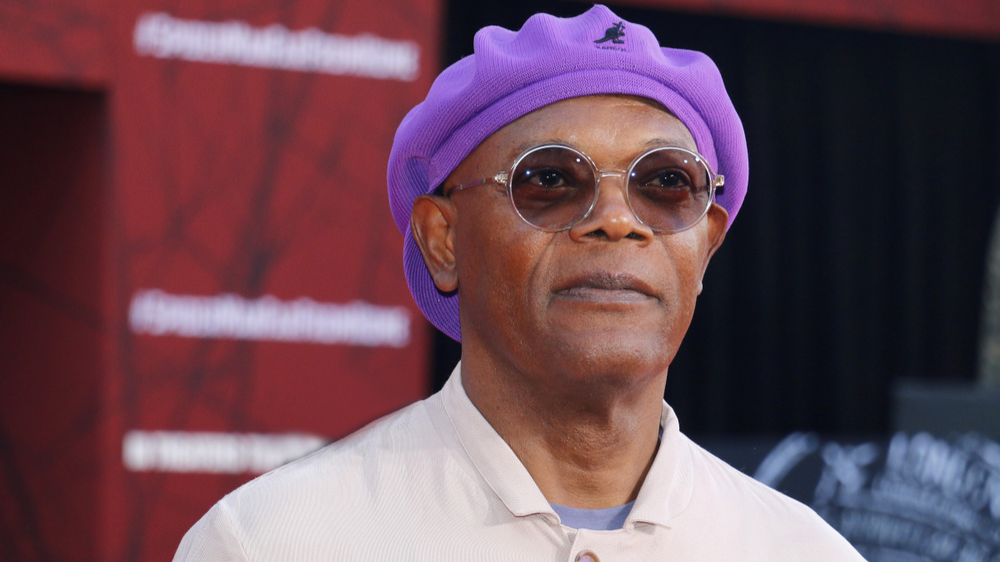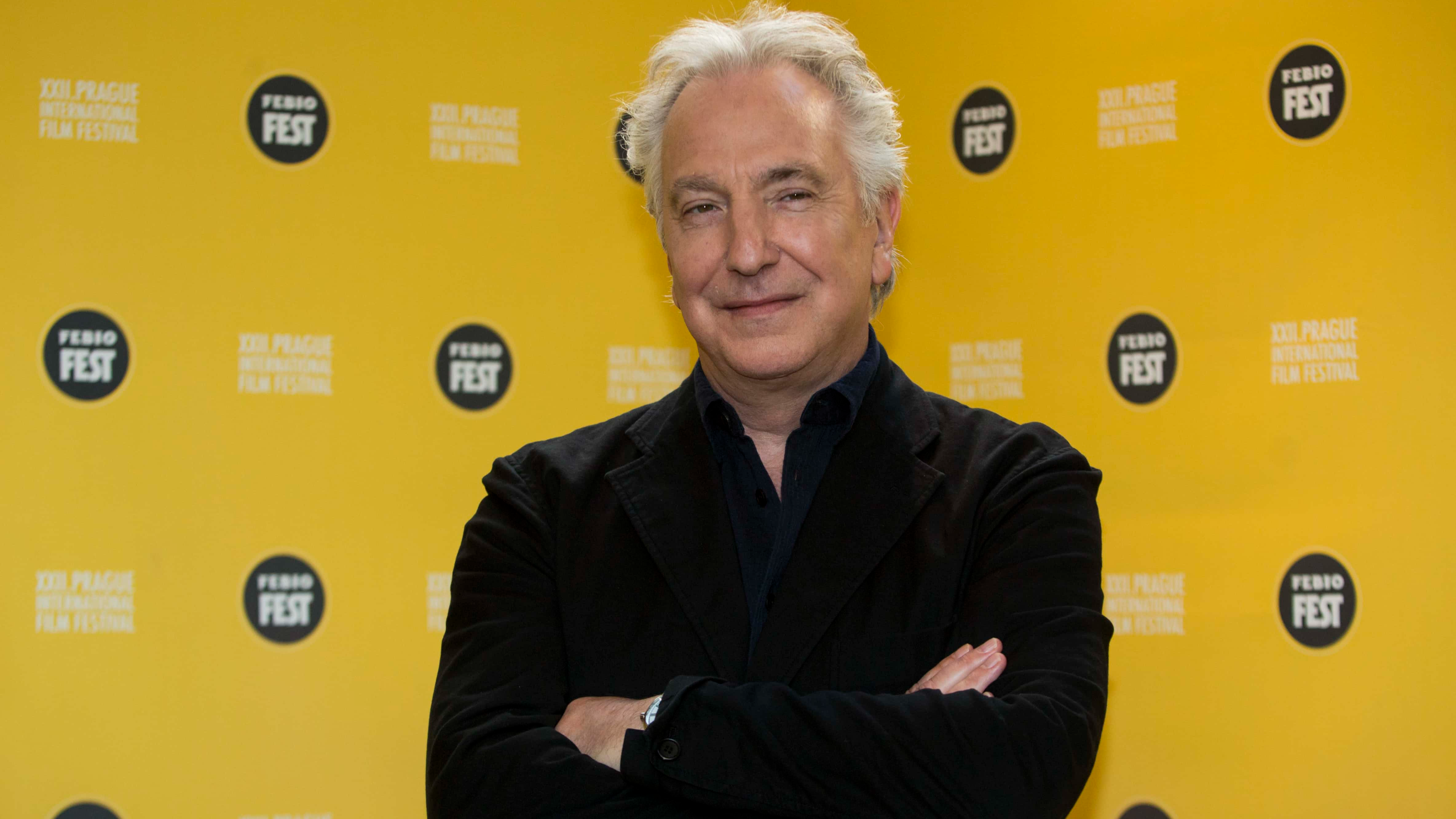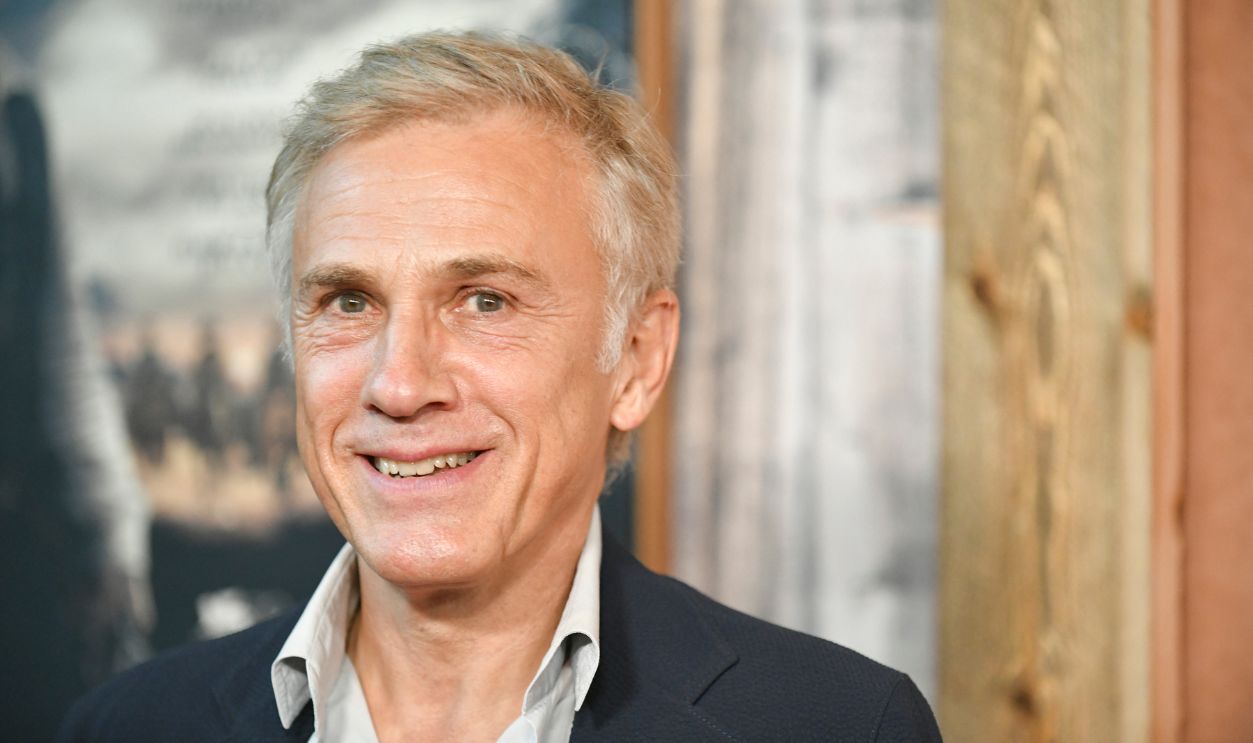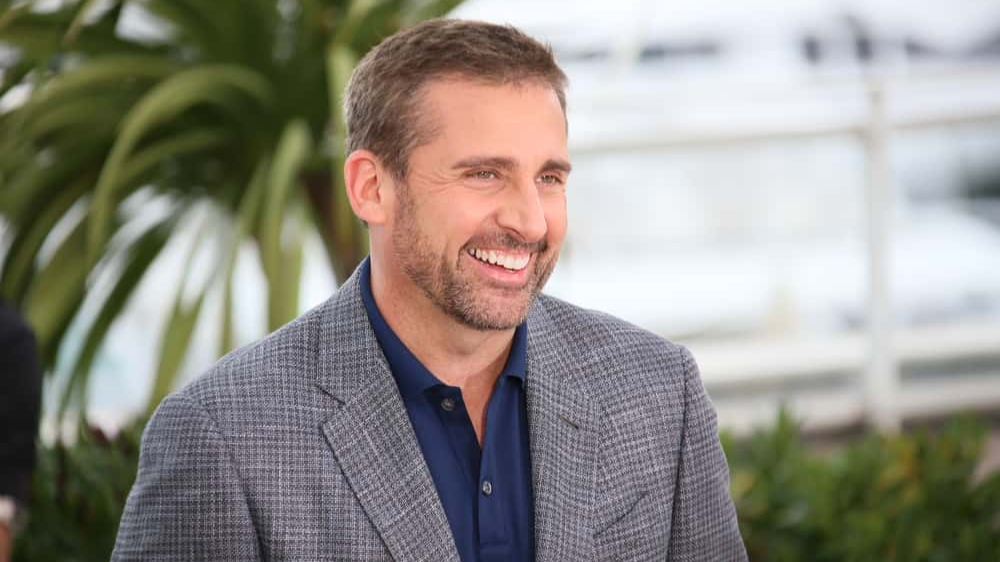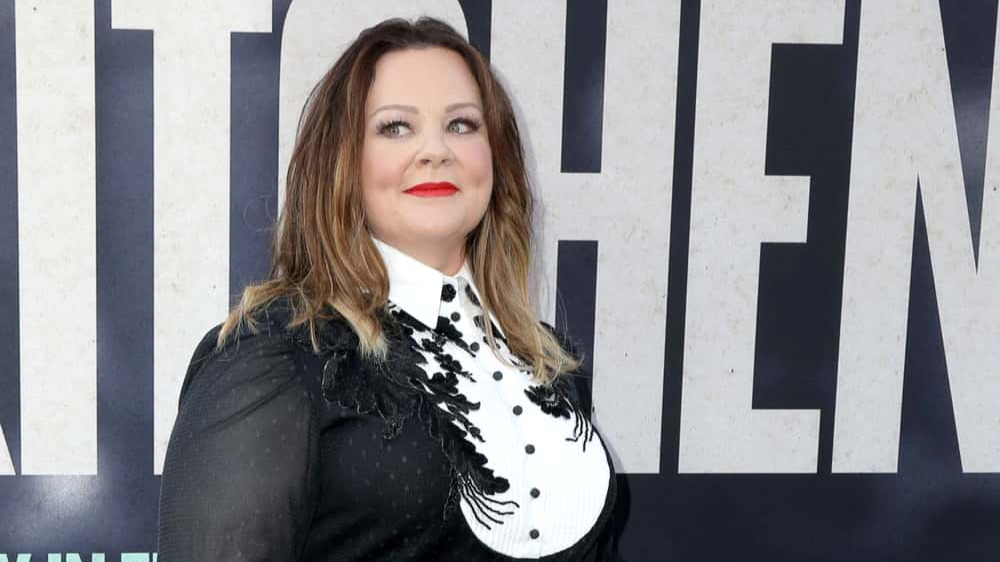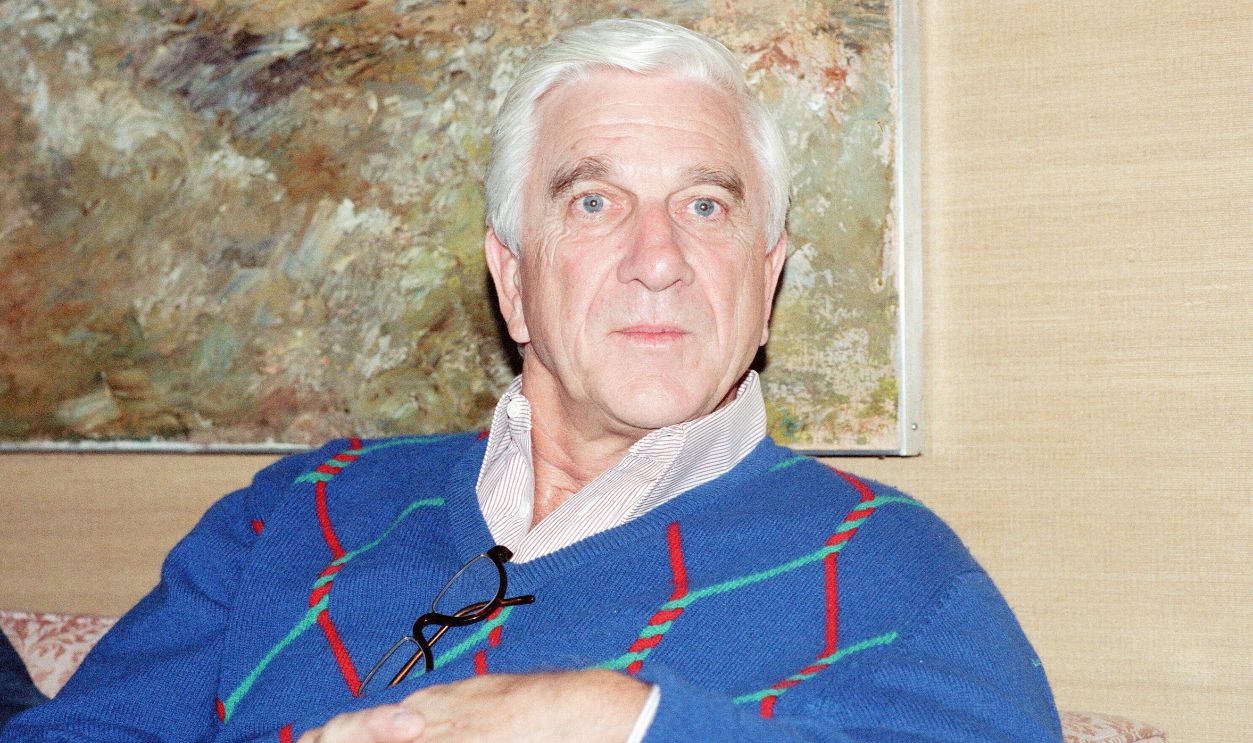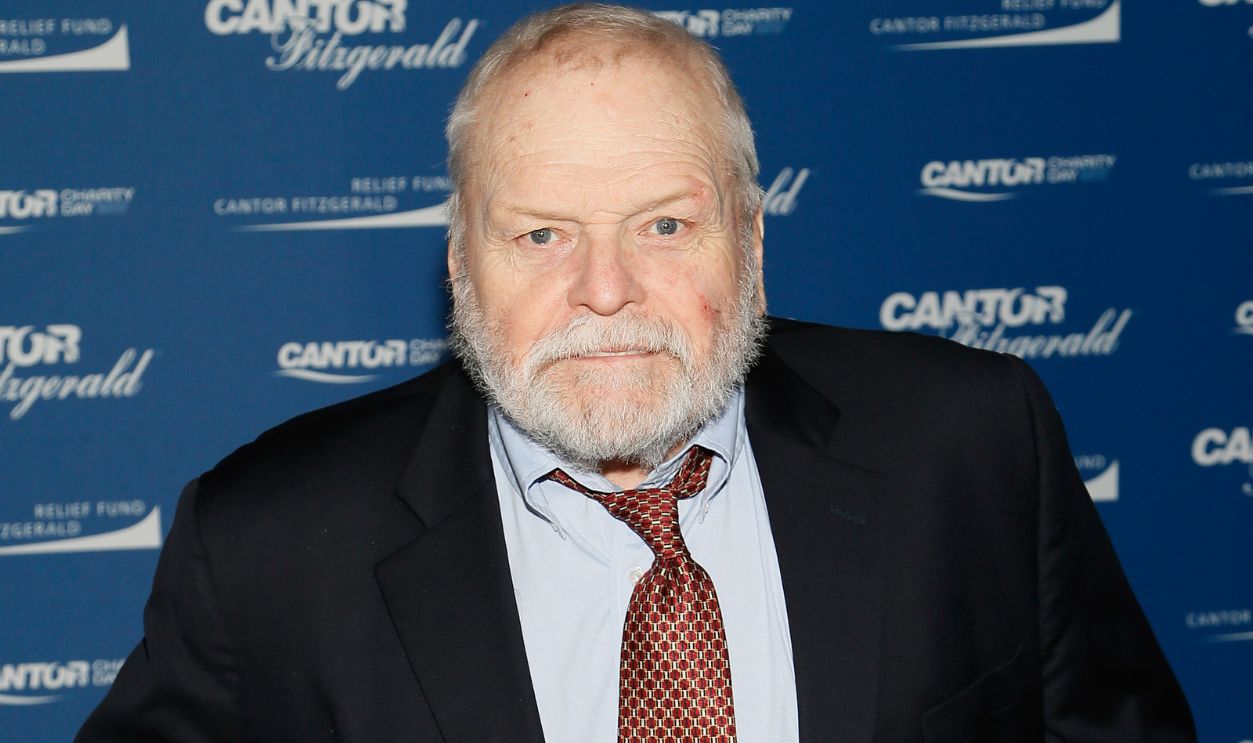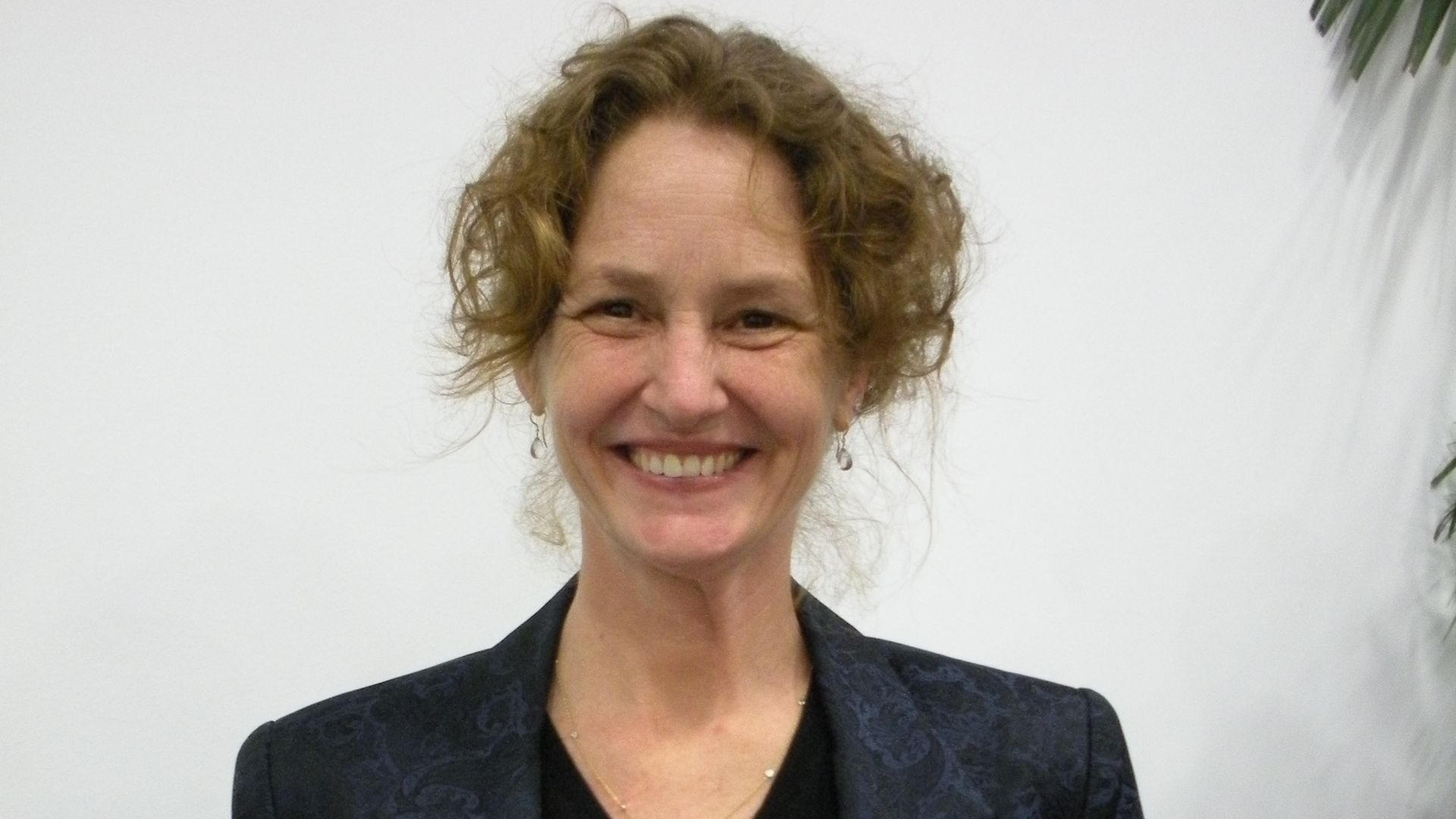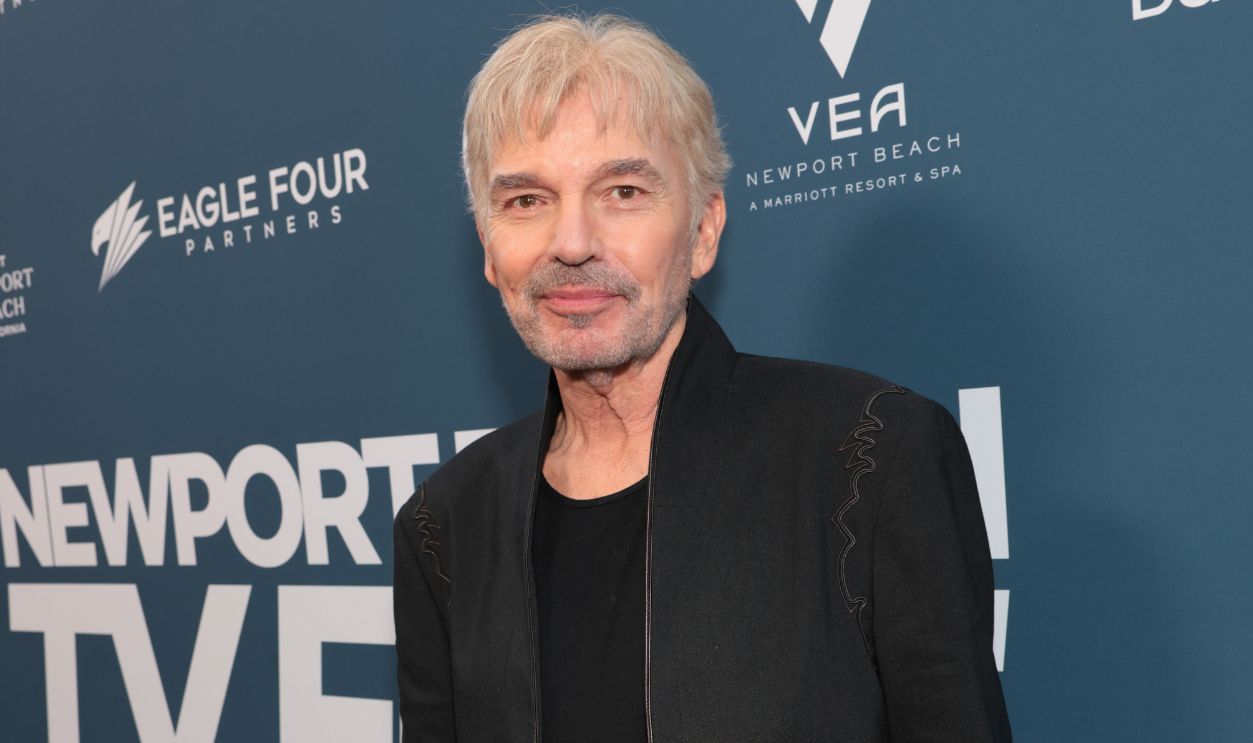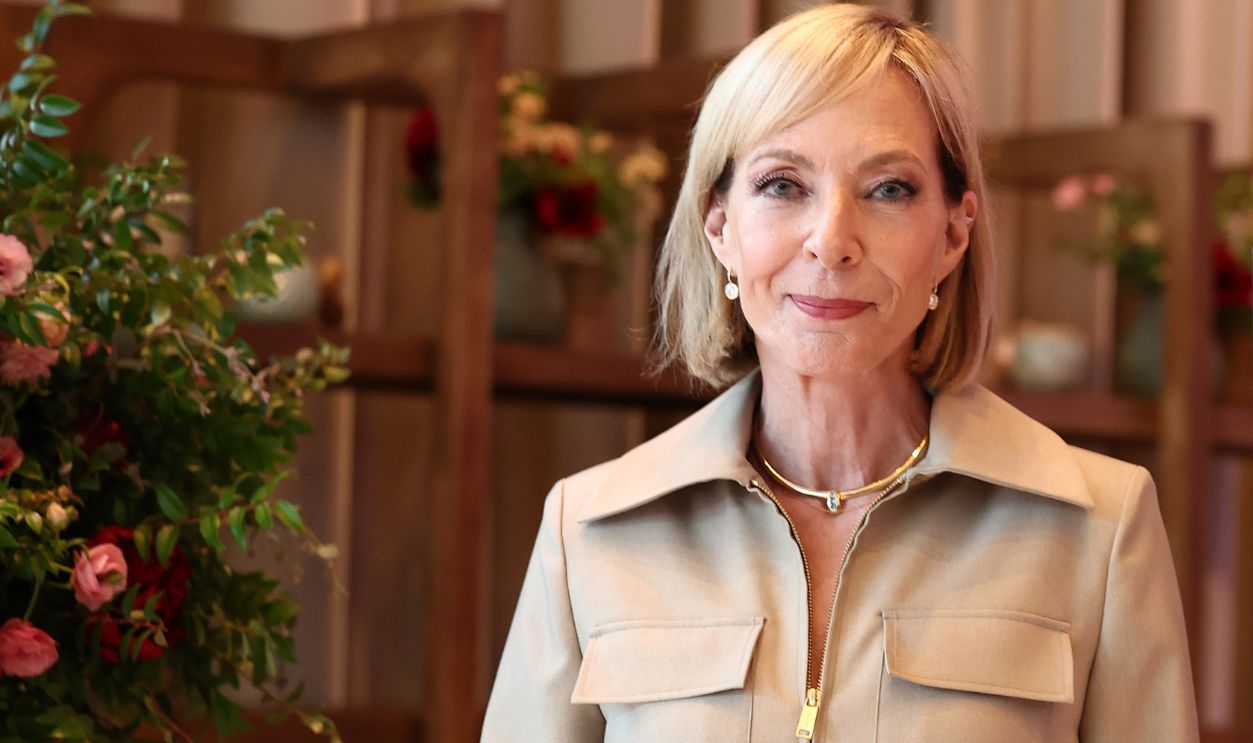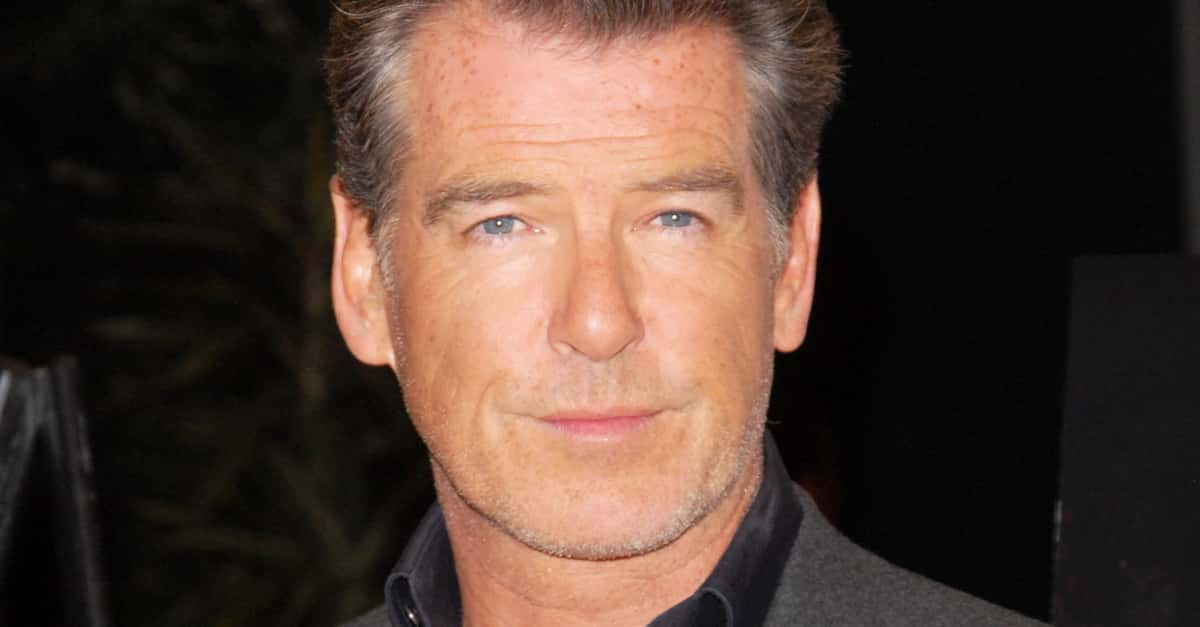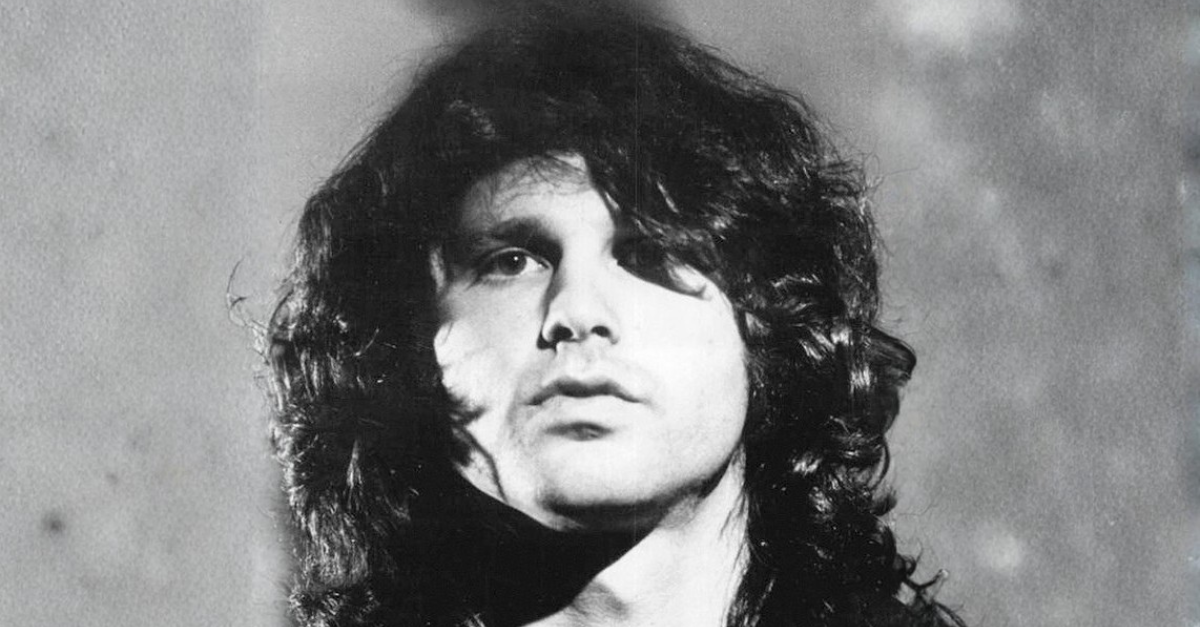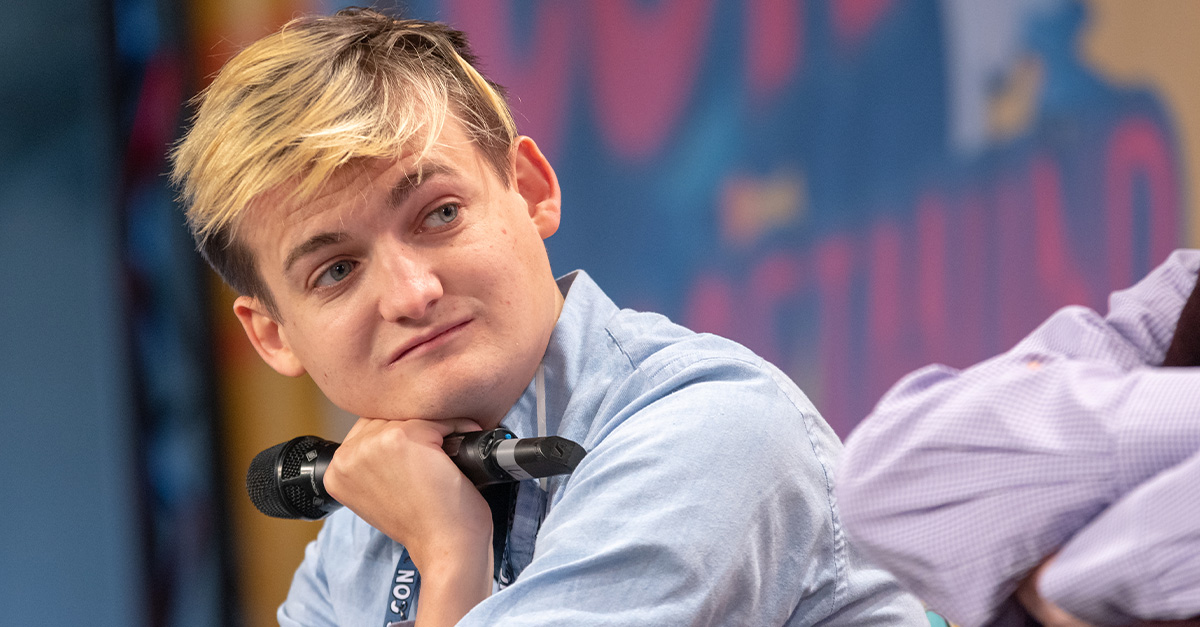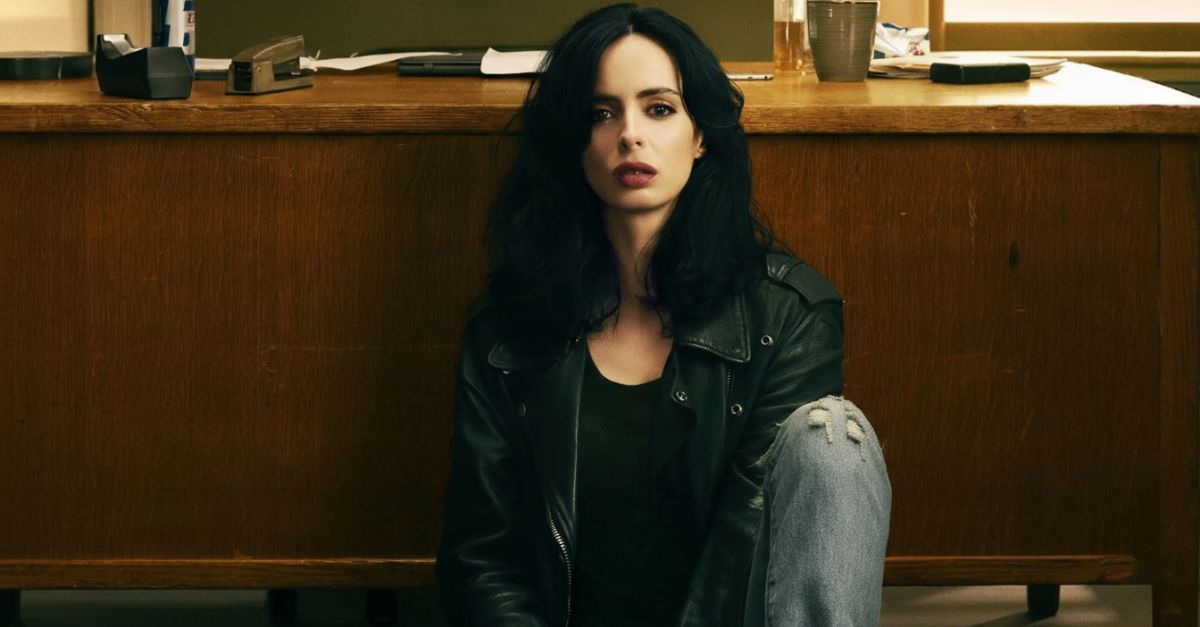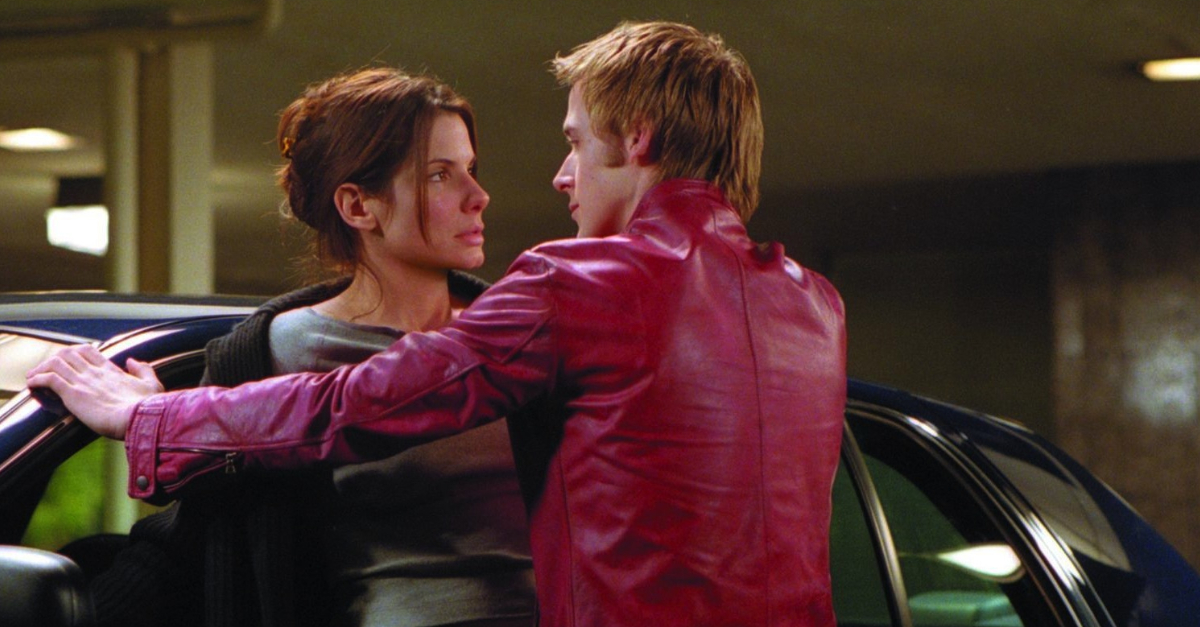These Late Bloomers Became Stars Later In Life
In Hollywood, the myth of the “overnight success” is irresistible—but often wildly inaccurate. Behind many of the most beloved stars is a long, winding road of bit parts, side jobs, and years of rejection before that one role changed everything. Some of these actors spent decades honing their craft in obscurity, waiting for the industry—and the right project—to finally catch up to their talent. From seasoned stage veterans to late-career curveballs, these stories prove that fame doesn’t always arrive on schedule, but when it does, it can be all the sweeter.
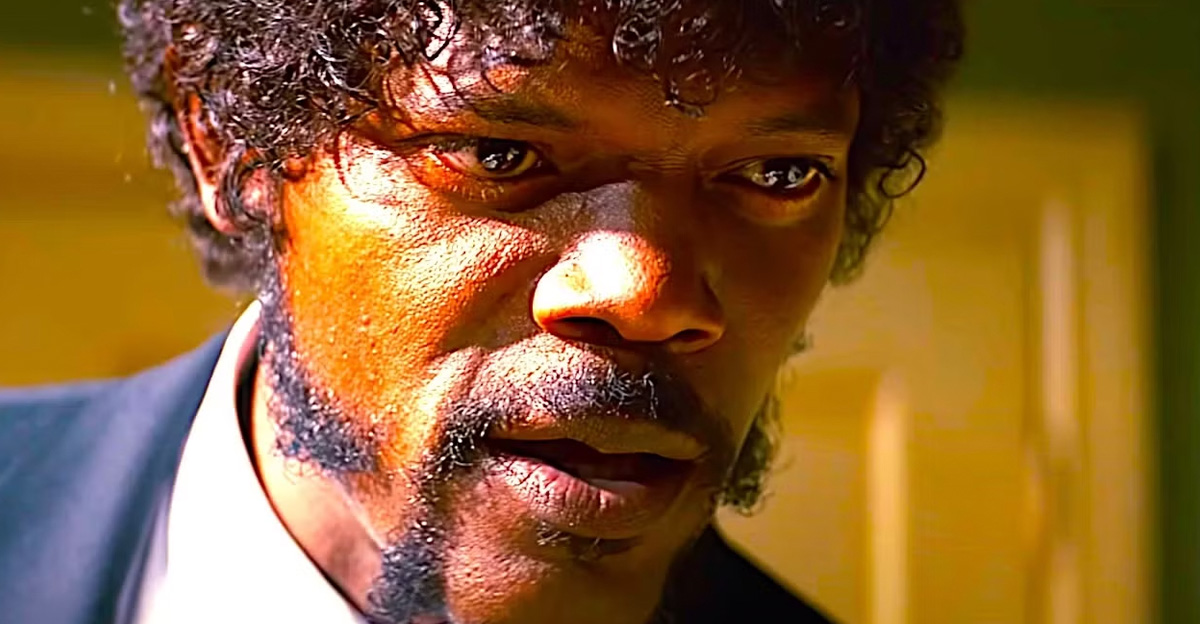
Morgan Freeman
Before he was the voice of gravitas, Freeman spent years working in theater, television, and small film roles (remember The Electric Company?) before Hollywood finally noticed his brilliance. His late-’80s one-two punch—Street Smart and Driving Miss Daisy—made him a star in his fifties, proving patience really can pay, even in an industry obsessed with youth.
 U.S. Secretary of Defense, Wikimedia Commons
U.S. Secretary of Defense, Wikimedia Commons
Samuel L. Jackson
Jackson had acted for years—and battled personal challenges, including addiction—before Pulp Fiction blew the doors off in 1994. At 46, his fiery turn as Jules Winnfield transformed him from a respected character actor into one of the most bankable stars on Earth, with a career that now spans blockbusters, indie films, and Marvel dominance.
Alan Rickman
Rickman was a trained graphic designer and a respected stage actor who didn’t get his first major film role until age 41—when he swaggered into Die Hard as Hans Gruber and instantly stole the show. Decades of honing his craft met the perfect villain, cementing him as one of cinema’s most magnetic presences.
Christoph Waltz
After decades in European TV and theater, Waltz’s multilingual menace as Hans Landa in Inglourious Basterds (2009) turned him—at 53—into an overnight “newcomer” with an Oscar in hand. He had been working consistently for years, but it took Quentin Tarantino’s script to let the world truly see what he could do.
Harrison Ford
He’d done small roles and, yes, carpentry, before fate (and a casting session involving a handmade door) put him in front of George Lucas again. Han Solo turned a working craftsman into Hollywood’s favorite swashbuckler at 35, followed by Indiana Jones—proof that talent sometimes just needs the right galaxy to shine.
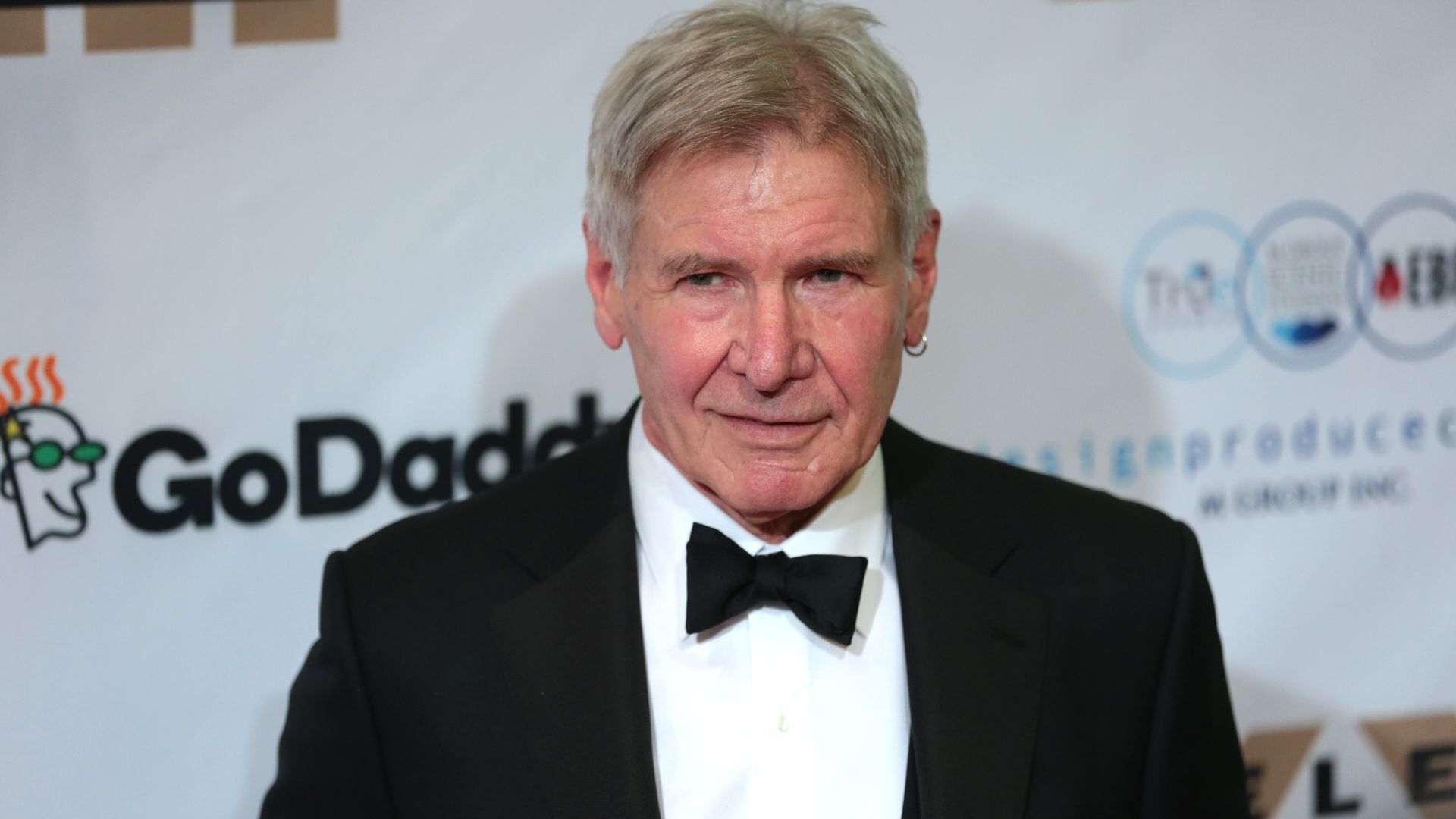 Gage Skidmore from Peoria, AZ, United States of America, Wikimedia Commons
Gage Skidmore from Peoria, AZ, United States of America, Wikimedia Commons
Octavia Spencer
A scene-stealer in countless small parts for more than a decade, Spencer’s big leap came with The Help (2011)—and an Oscar—after years of quietly elevating every project she touched. Her career is a testament to persistence, proving that even Hollywood eventually notices talent that refuses to be ignored.
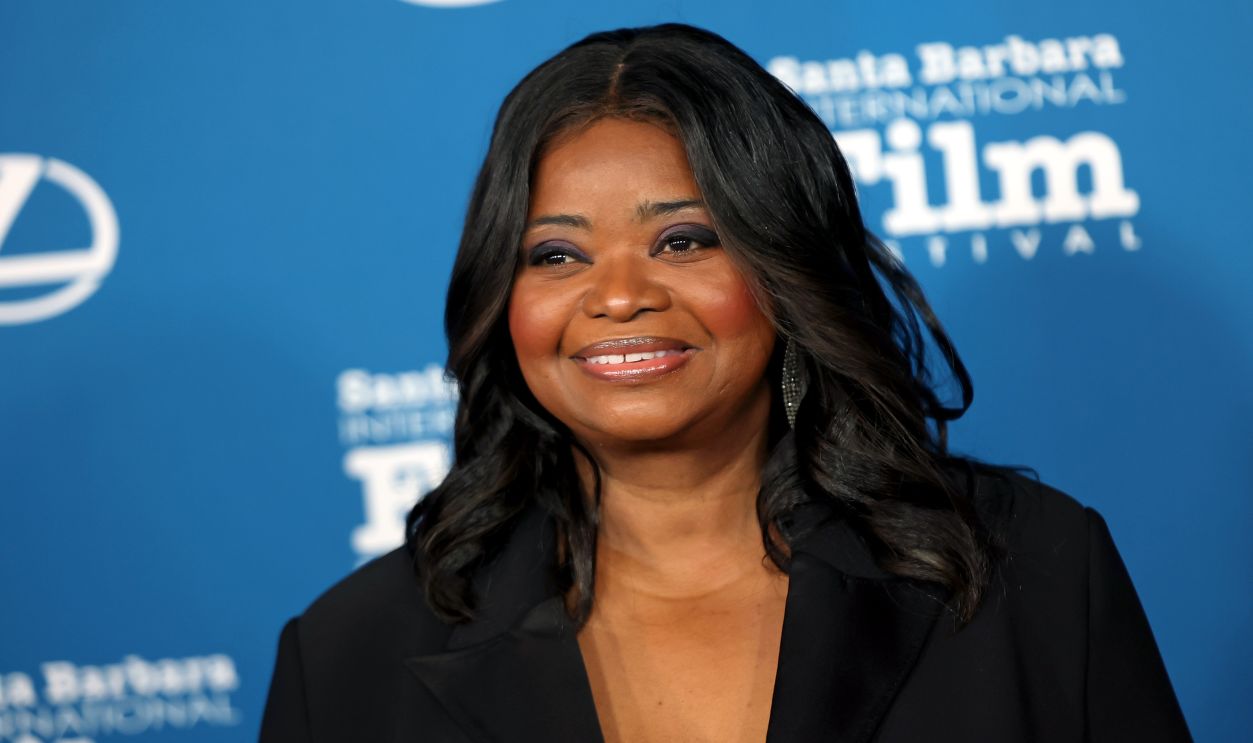 Matt Winkelmeyer, Getty Images
Matt Winkelmeyer, Getty Images
Kathy Bates
Broadway stalwart Bates became a movie star at 42, terrifying (and delighting) audiences with Misery’s Annie Wilkes. Years of stage grit and unglamorous roles sharpened a performance Hollywood couldn’t ignore, and she’s been turning in powerhouse work ever since, from Fried Green Tomatoes to American Horror Story.
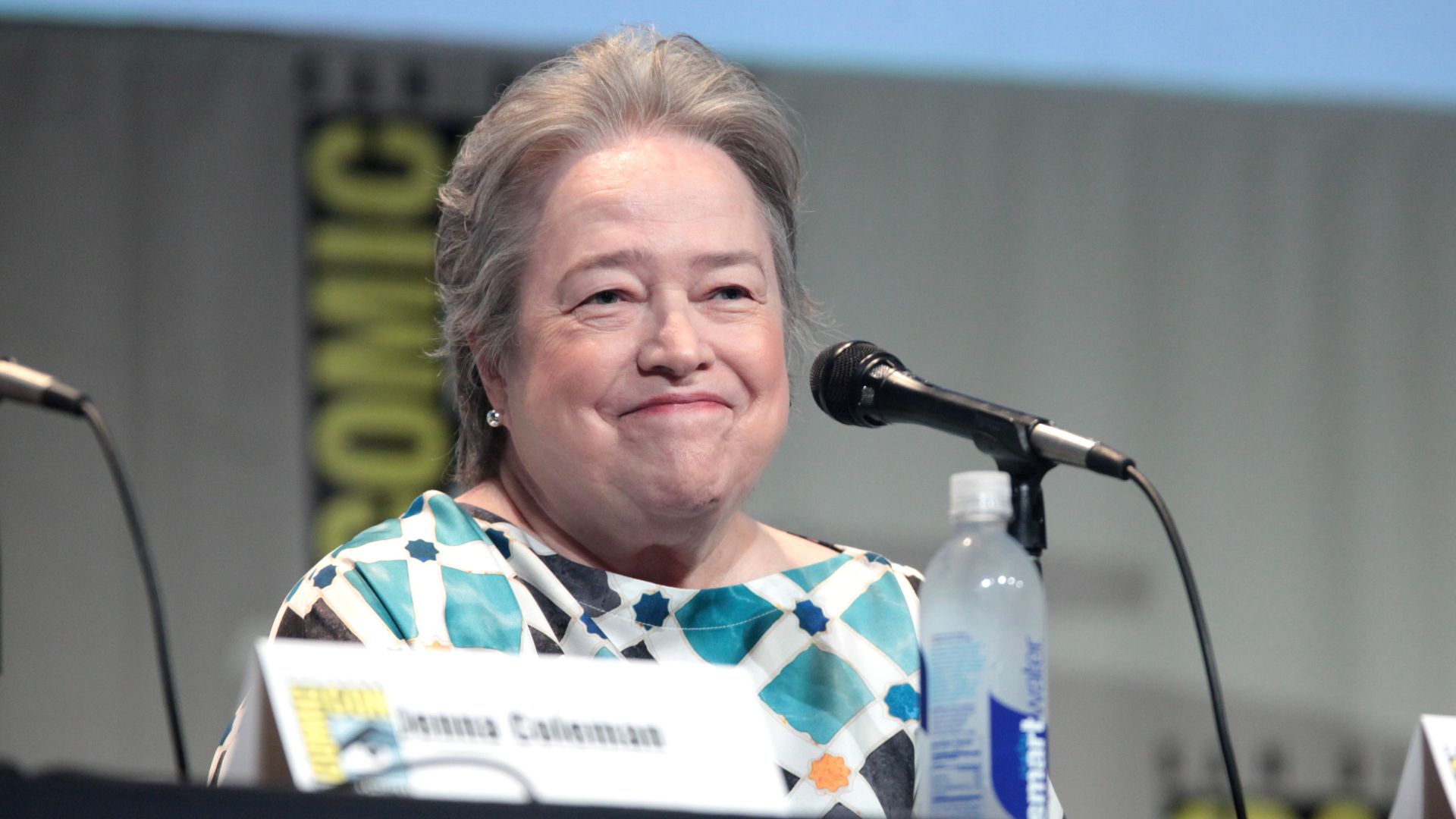 Gage Skidmore from Peoria, AZ, United States of America, Wikimedia Commons
Gage Skidmore from Peoria, AZ, United States of America, Wikimedia Commons
Bryan Cranston
For ages he was “that guy” in commercials and guest spots (and later Hal on Malcolm in the Middle). The 2008 arrival of Breaking Bad—when Cranston was 52—remade him into a prestige juggernaut and one of TV’s most iconic antiheroes, changing his career trajectory forever.
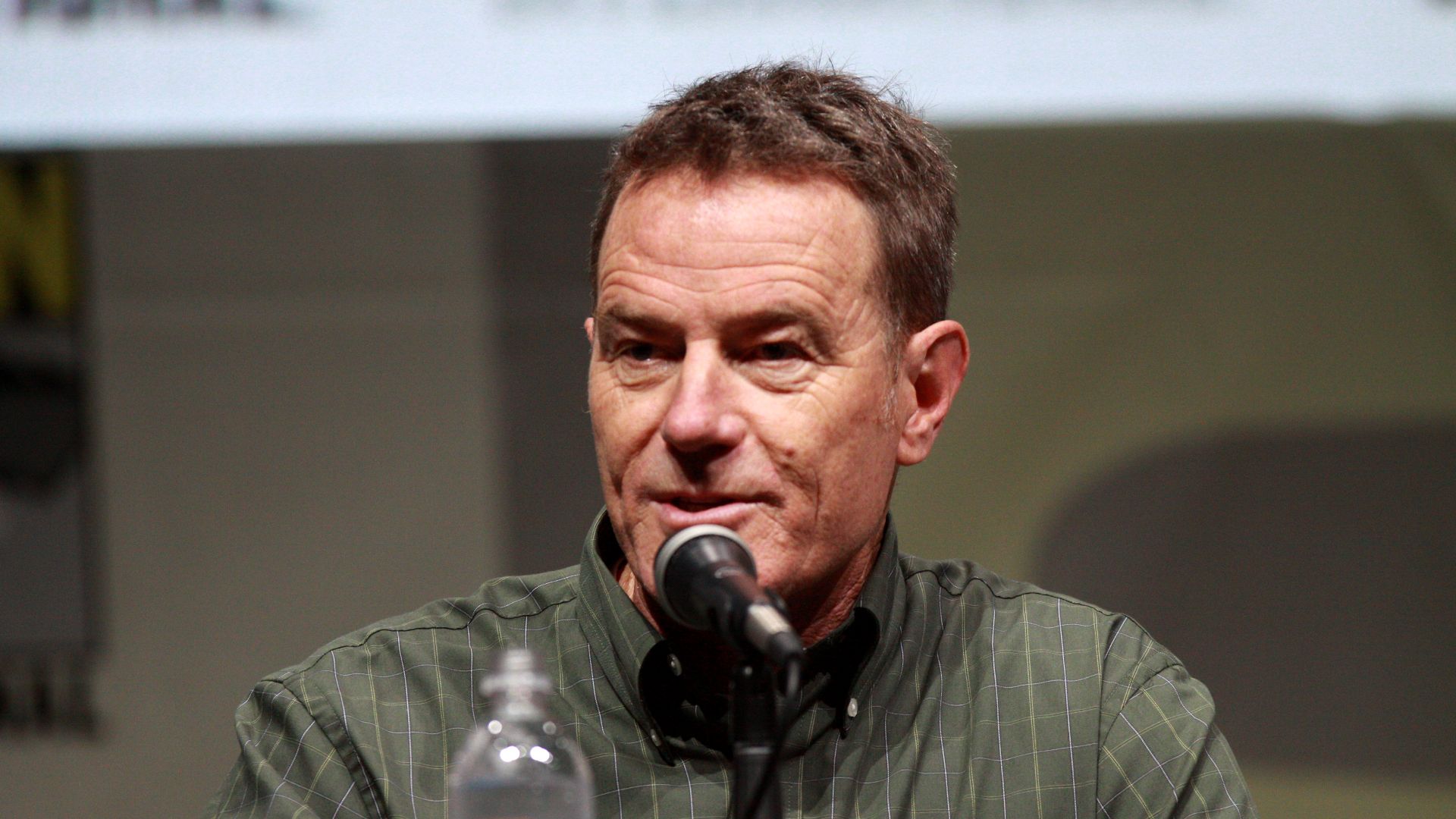 Gage Skidmore from Peoria, AZ, United States of America, Wikimedia Commons
Gage Skidmore from Peoria, AZ, United States of America, Wikimedia Commons
Steve Carell
A Second City alum and Daily Show correspondent, Carell didn’t become a household name until The Office (2005) made Michael Scott meme-immortal—he was 43 when it premiered. His awkward, heartfelt, and hilarious take on the world’s worst boss turned him into a comedy legend and box-office draw.
Melissa McCarthy
After years of improv and supporting TV roles, McCarthy detonated onto the A-list with Bridesmaids (2011), nabbing an Oscar nod at 41. Her fearless physical comedy and unexpected vulnerability redefined studio comedies, proving you can be both riotously funny and dramatically compelling in the same career.
Peter Dinklage
He’d been delivering stellar work for years (see The Station Agent), but Game of Thrones turned Dinklage—41 when the show began—into a global phenomenon. His Emmy-winning portrayal of Tyrion Lannister smashed industry biases and made him one of the most admired actors in television history.
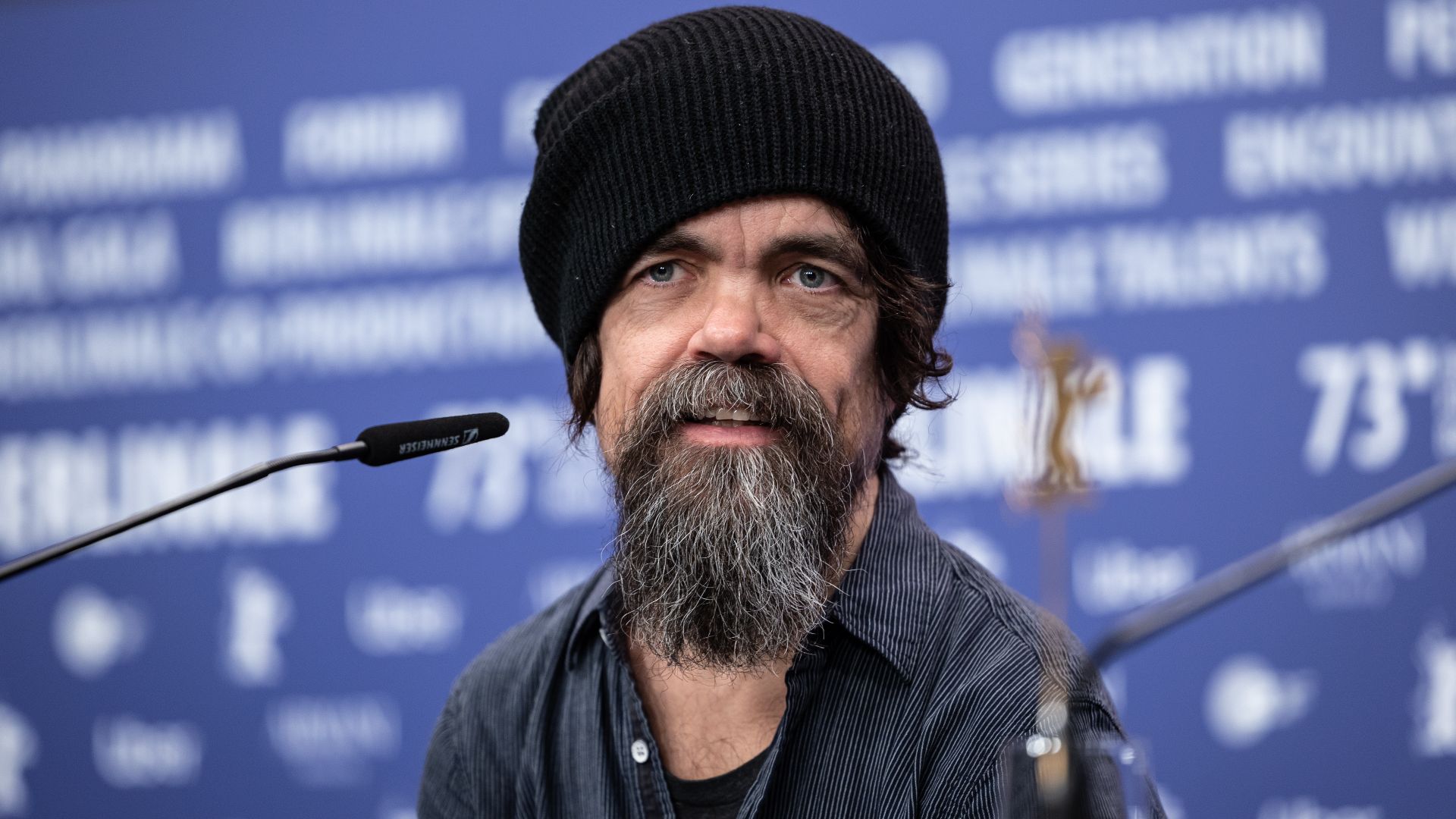 Harald Krichel, Wikimedia Commons
Harald Krichel, Wikimedia Commons
J.K. Simmons
A seasoned character actor of stage and screen, Simmons premiered Whiplash at 59 and instantly ascended to “everyone’s terrifying favorite” with an Oscar to match. Decades of experience gave his performance the lived-in authority that made audiences and critics take notice worldwide.
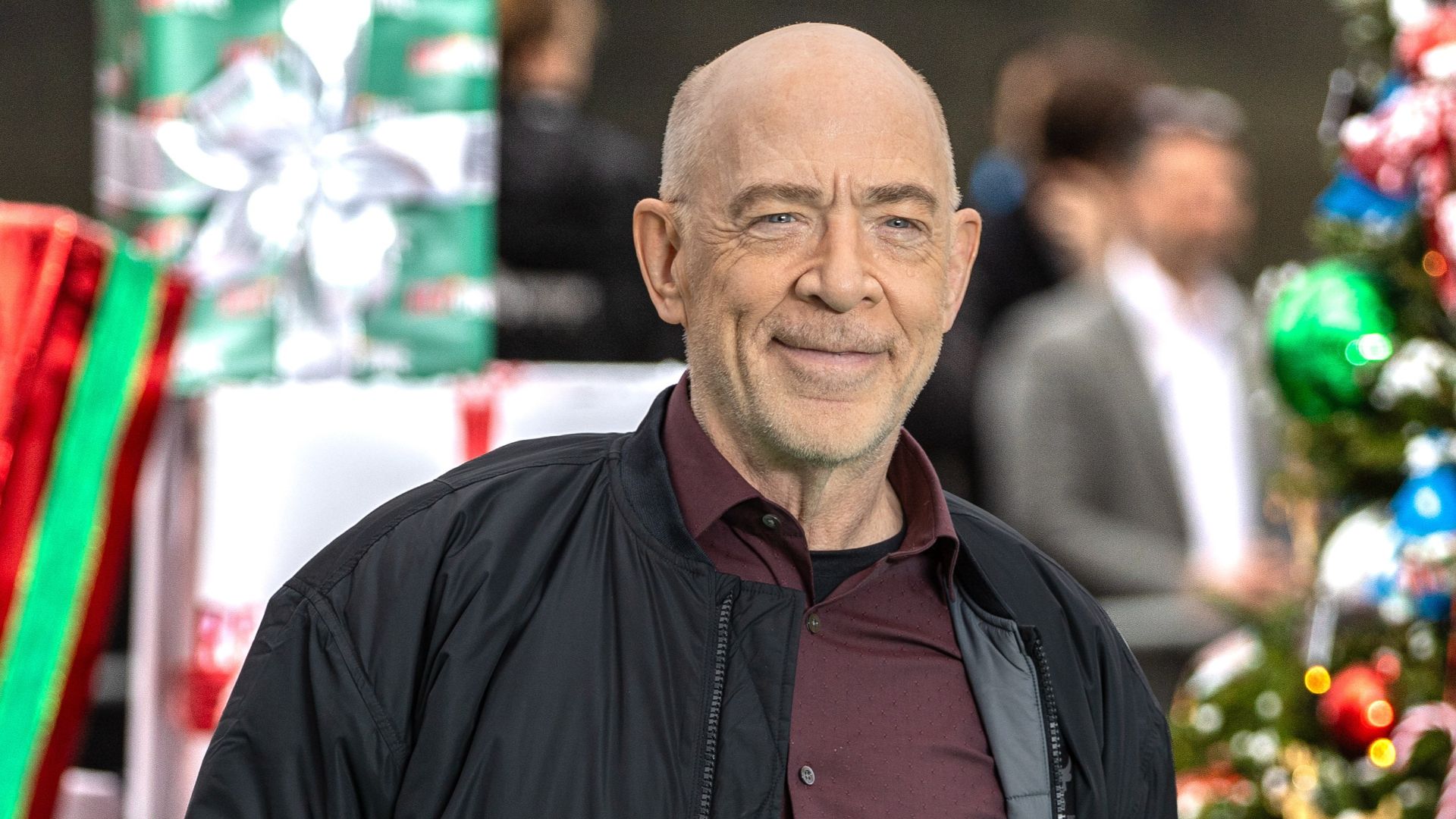 Amy Martin Photography, Wikimedia Commons
Amy Martin Photography, Wikimedia Commons
Jane Lynch
Comedy die-hards knew her from Christopher Guest’s mockumentaries, but Glee turned Lynch into an Emmy-winning, tracksuit-wearing icon. After decades of journeyman acting, her razor-sharp comedic timing and commanding presence finally got the attention they deserved on a massive scale.
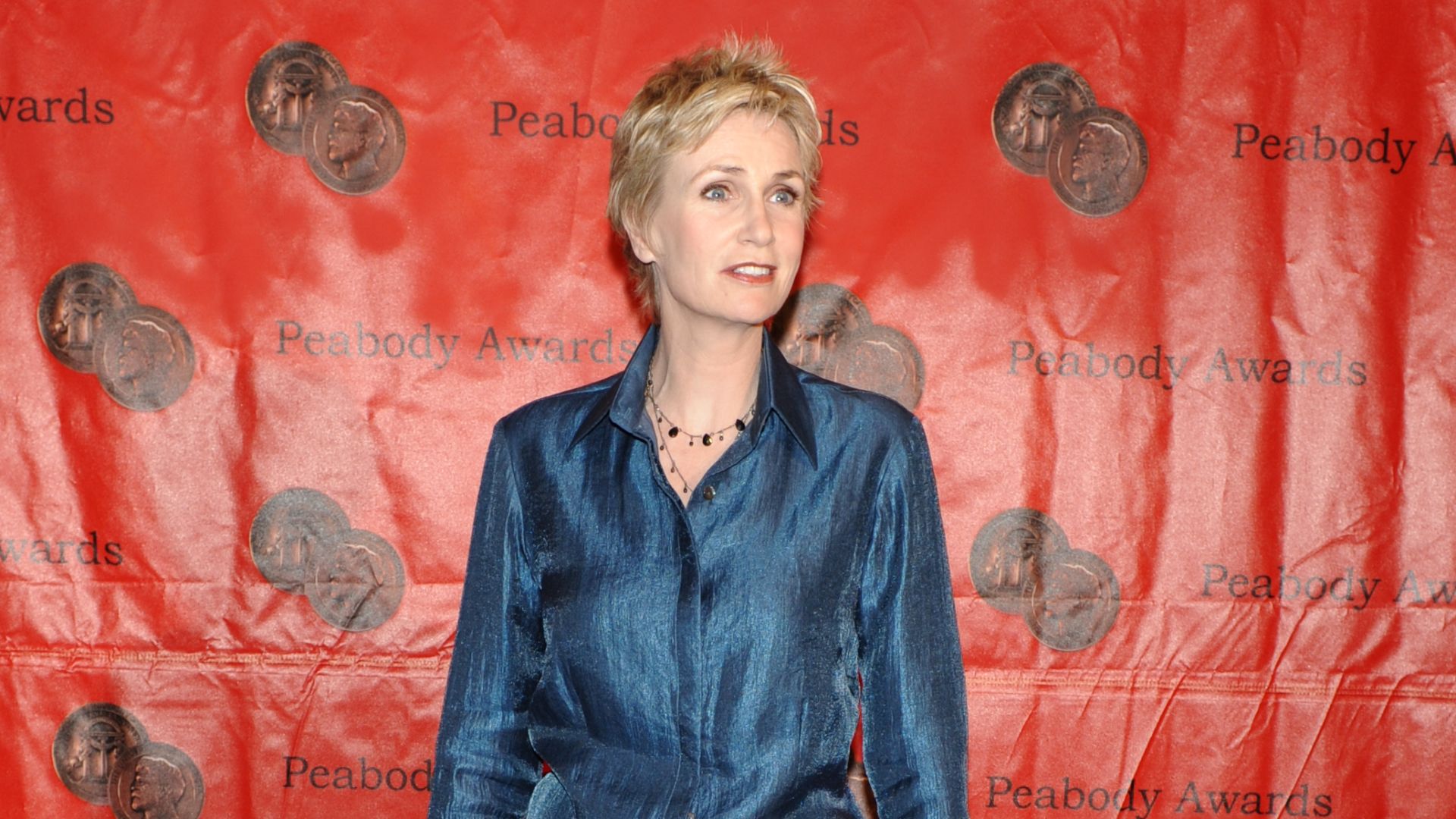 Peabody Awards, Wikimedia Commons
Peabody Awards, Wikimedia Commons
Tony Shalhoub
After years as a respected character actor, Shalhoub’s Monk (2002) made him a late-blooming leading man and multi-Emmy winner in his late 40s. The quirky detective role became his signature, blending comedy, drama, and idiosyncrasy in a way only he could deliver.
Michael Emerson
A theater veteran and late starter, Emerson’s deliciously enigmatic Ben Linus on Lost (from 2006) made him famous in his fifties. His unpredictable energy kept audiences guessing and critics praising, proving that mystery and mastery can arrive later in life.
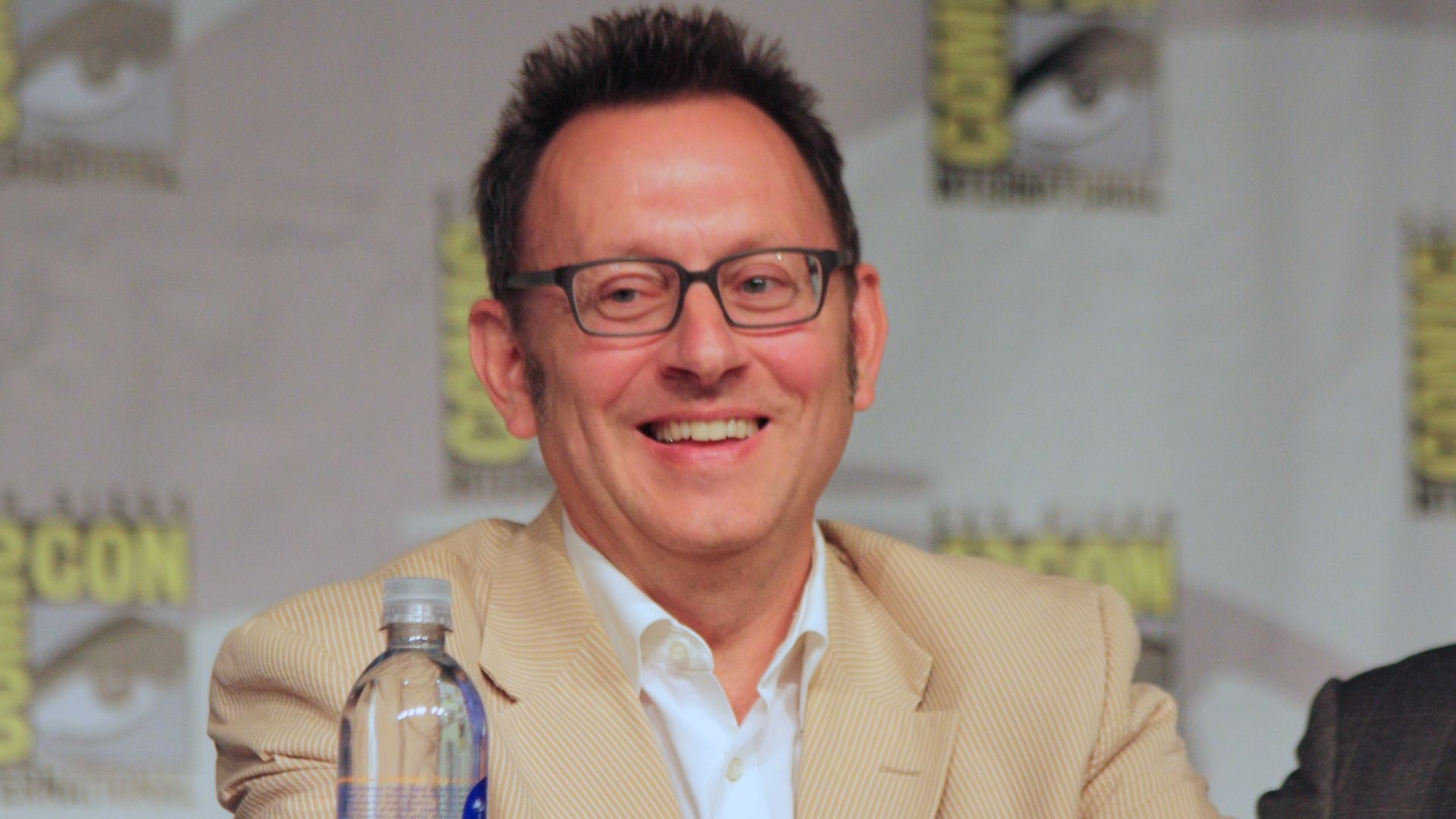 Thibault from Paris, France, Wikimedia Commons
Thibault from Paris, France, Wikimedia Commons
Leslie Nielsen
For three decades he was a dramatic straight man in film and television. Then Airplane! (1980) flipped his career on a dime, launching him—at 54—as a deadpan comedy legend. His perfectly serious delivery became the foundation of a whole new genre of parody hits.
Pat Morita
Known as a stand-up and sitcom regular, Morita became Mr. Miyagi at 52—earning an Oscar nomination and a place in pop-culture history with The Karate Kid. His mix of warmth and wisdom made him unforgettable to generations of moviegoers.
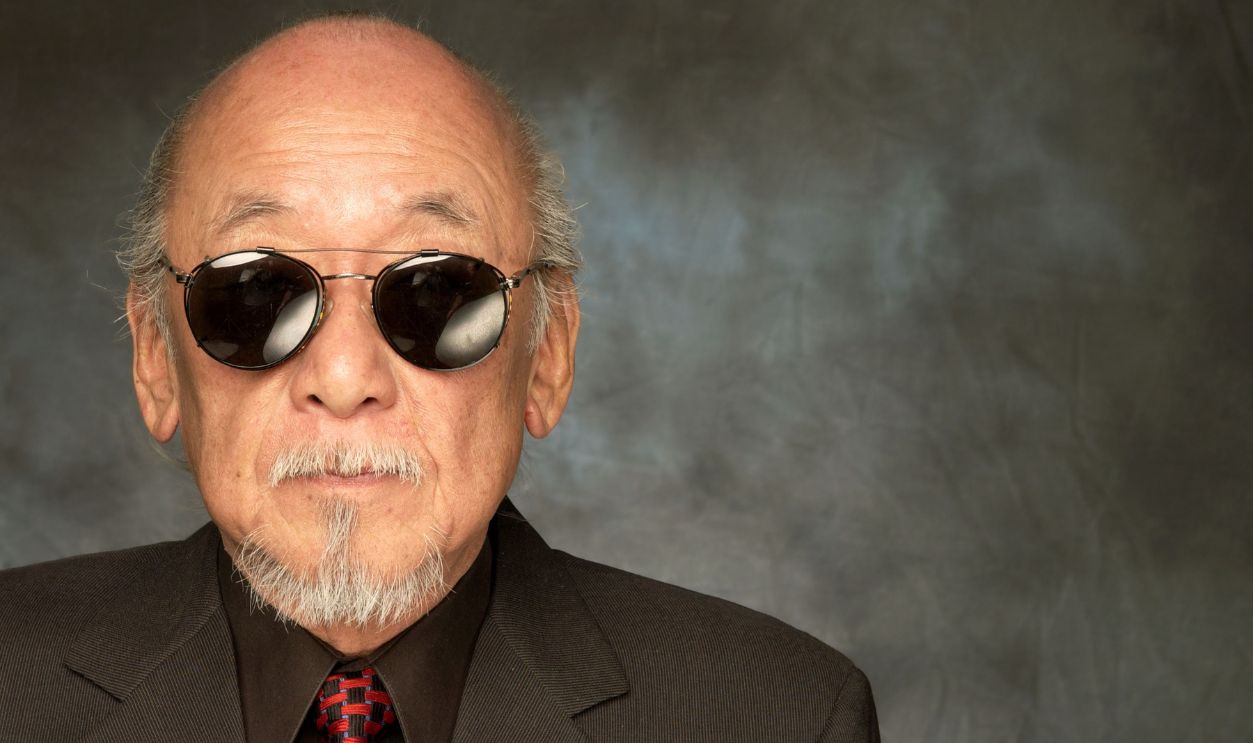 Michael Caulfield Archive, Getty Images
Michael Caulfield Archive, Getty Images
Margo Martindale
A consummate character actor for decades, Martindale’s fearsome turn as Mags Bennett on Justified (2011) finally brought mainstream accolades—including an Emmy—in her 60s. Her performance became a masterclass in how to make even limited screen time unforgettable.
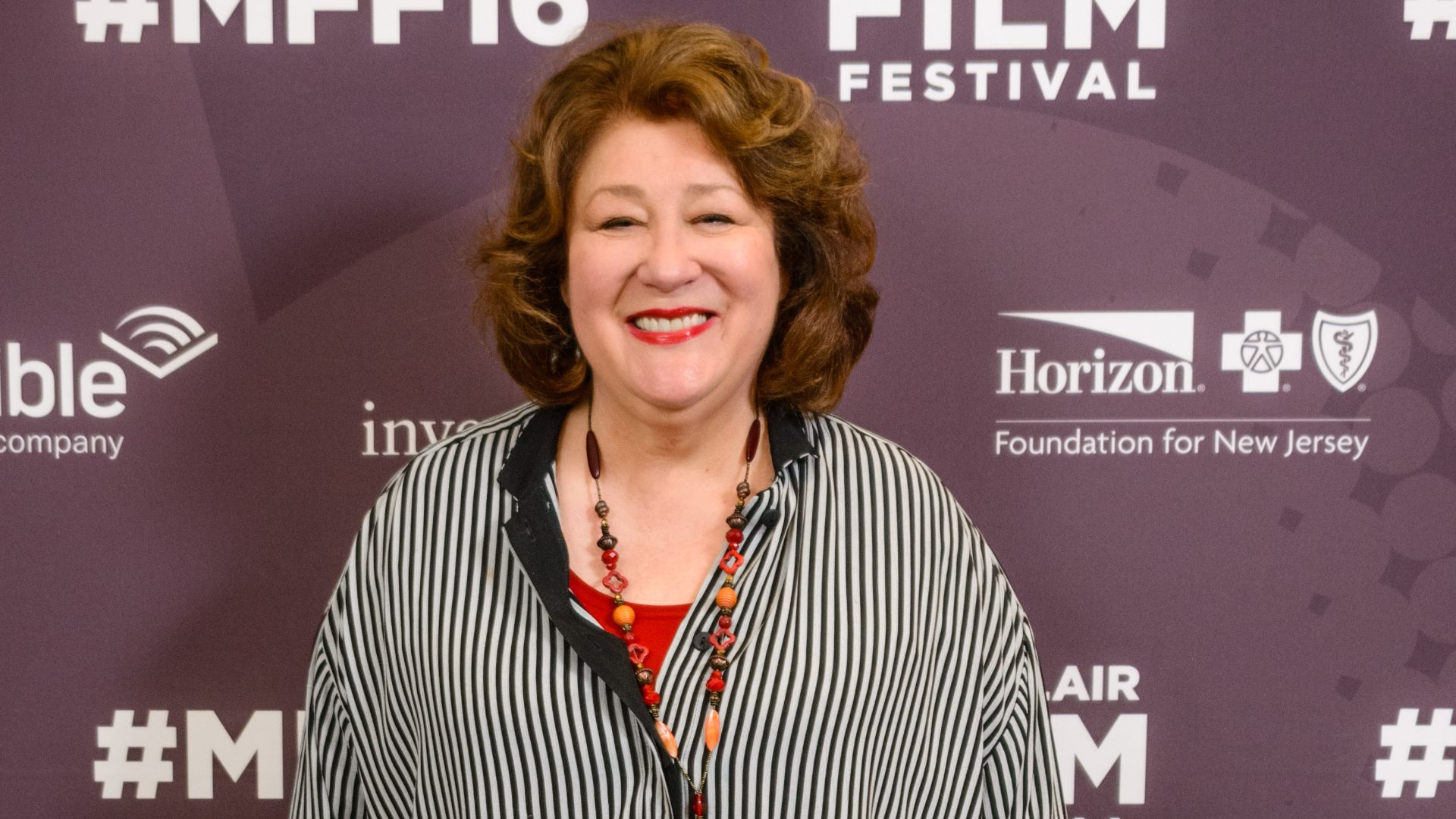 Montclair Film, Wikimedia Commons
Montclair Film, Wikimedia Commons
Bryan Dennehy
A towering stage presence and frequent screen heavy, Dennehy’s fame built gradually over years, cresting with major theater awards in his 50s and 60s. His career reminds us that sometimes greatness is measured in longevity rather than instant stardom.
Gene Hackman
He was hardly an overnight success. After years of small roles, Hackman’s star truly rose in his 40s with Bonnie and Clyde and The French Connection, which made him a gritty, relatable leading man and one of cinema’s most respected figures.
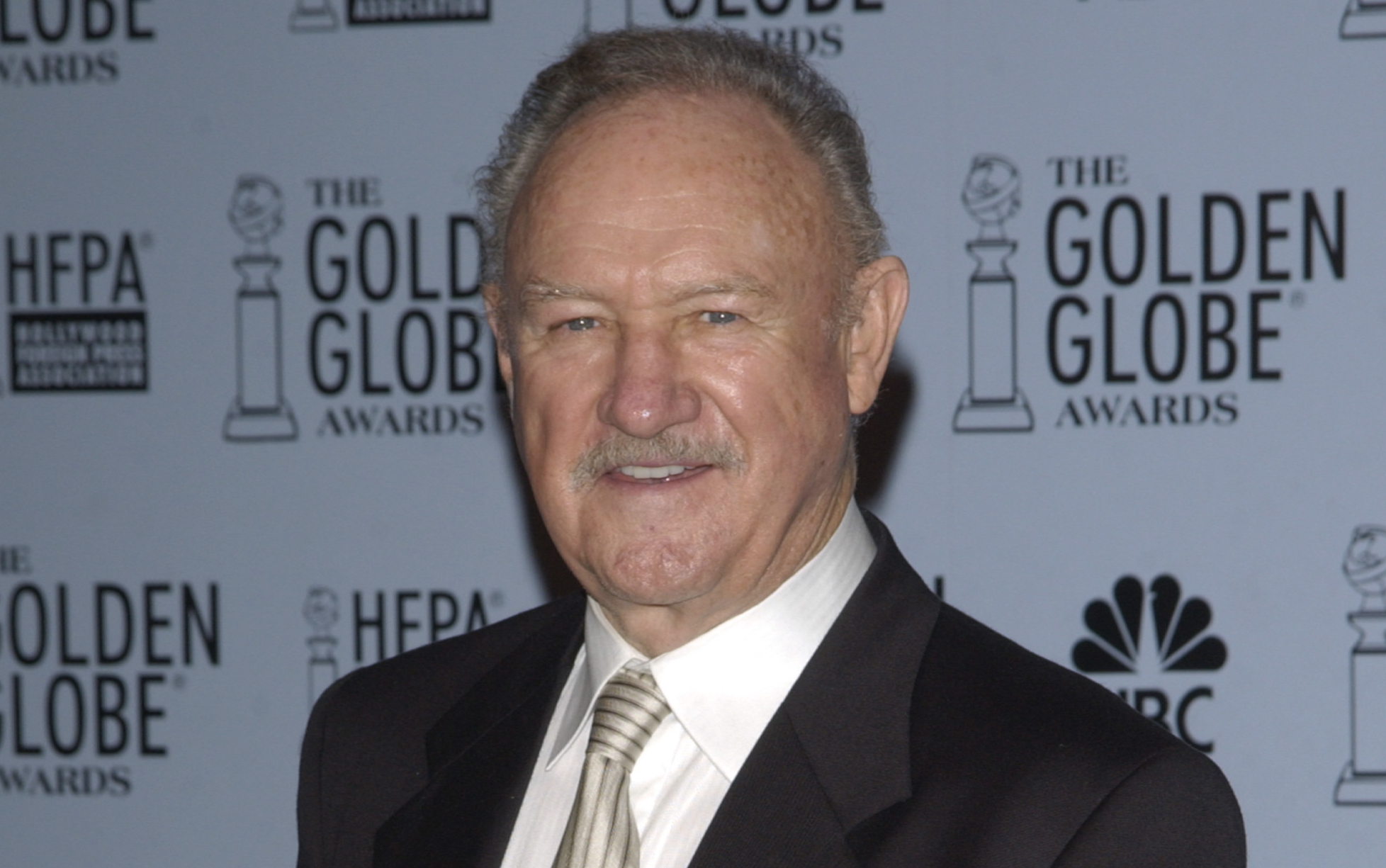 Featureflash Photo Agency, Shutterstock
Featureflash Photo Agency, Shutterstock
Ricky Gervais
He didn’t become a TV star until 40, when the original UK Office (2001) made David Brent a global archetype. His brand of awkward, cringe-worthy humor went on to influence a generation of comedy around the world.
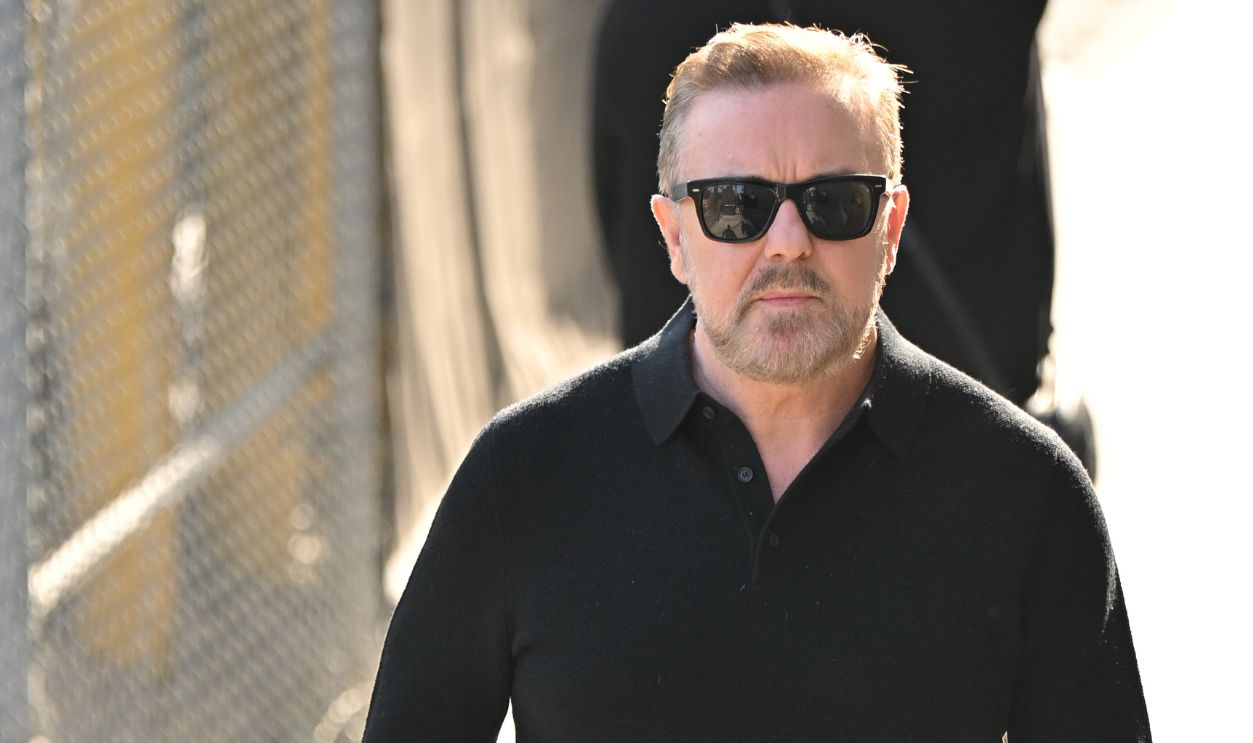 PG/Bauer-Griffin, Getty Images
PG/Bauer-Griffin, Getty Images
Judi Dench
A titan of British stage and TV for decades, Dench crossed into global film fame in her 60s as M in GoldenEye (1995). She quickly became a symbol of authority and class in film, collecting awards and praise with ease.
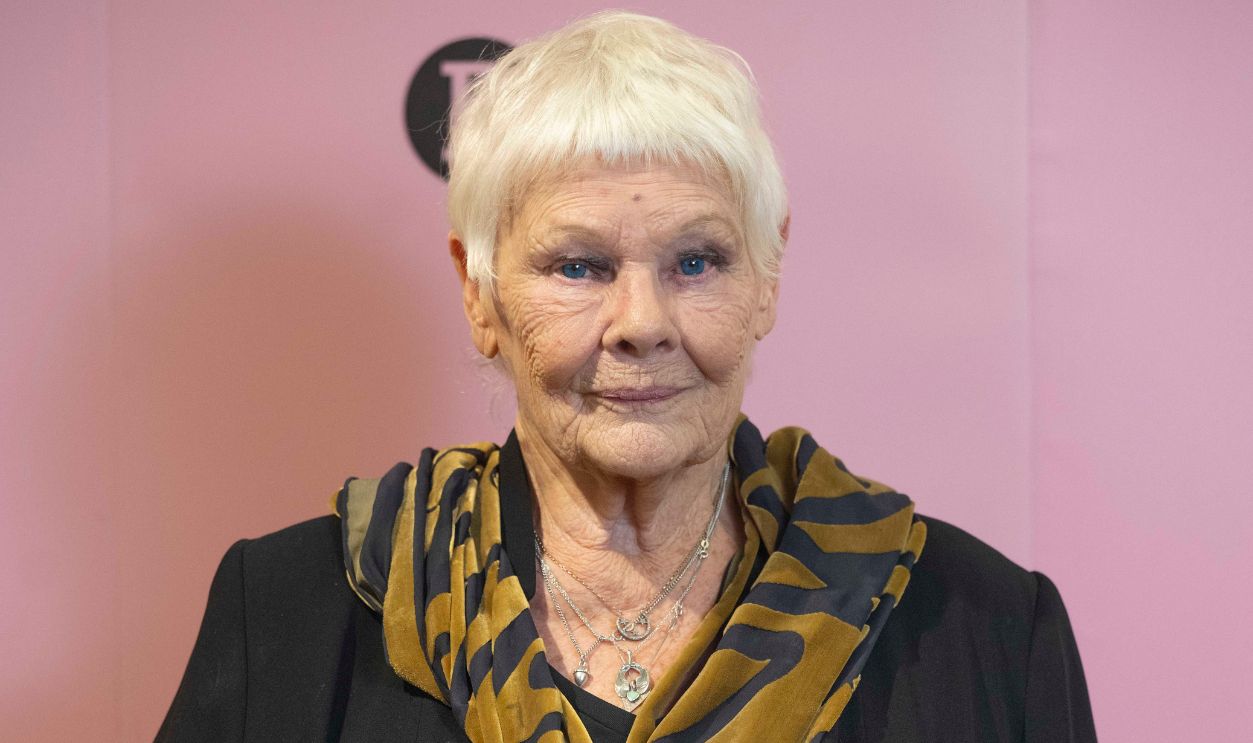 Stuart C. Wilson, Getty Images
Stuart C. Wilson, Getty Images
Danny Trejo
After turning his life around, Trejo spent years as Hollywood’s go-to tough guy before Machete and countless action roles made him a cult superstar. His larger-than-life persona now spans movies, TV, and even taco shops.
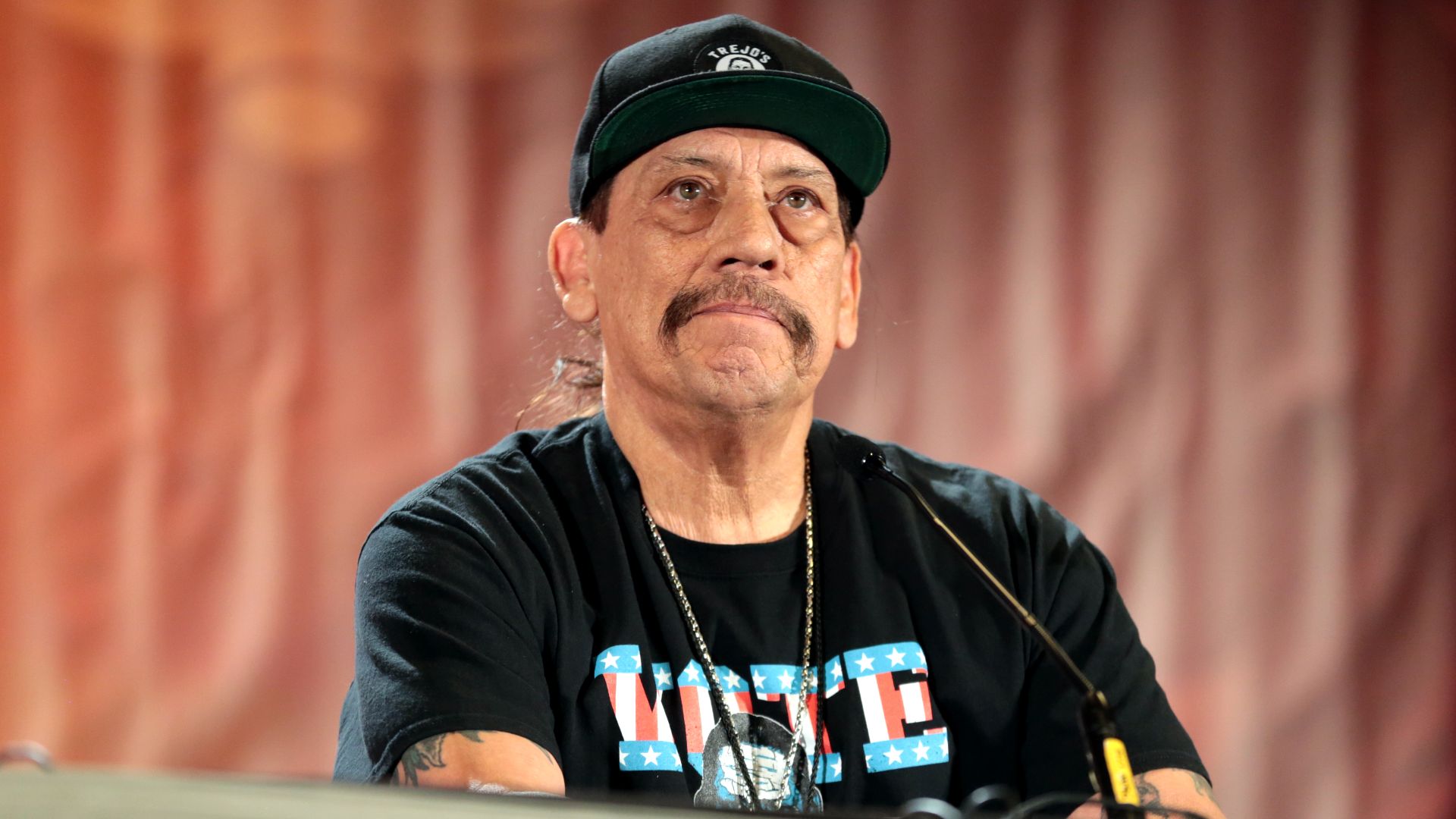 Gage Skidmore from Peoria, AZ, United States of America, Wikimedia Commons
Gage Skidmore from Peoria, AZ, United States of America, Wikimedia Commons
Ken Jeong
Jeong literally changed careers, leaving internal medicine after a small part in Knocked Up led to The Hangover breakout at 39. His high-energy comedic style and fearless choices have kept audiences laughing ever since.
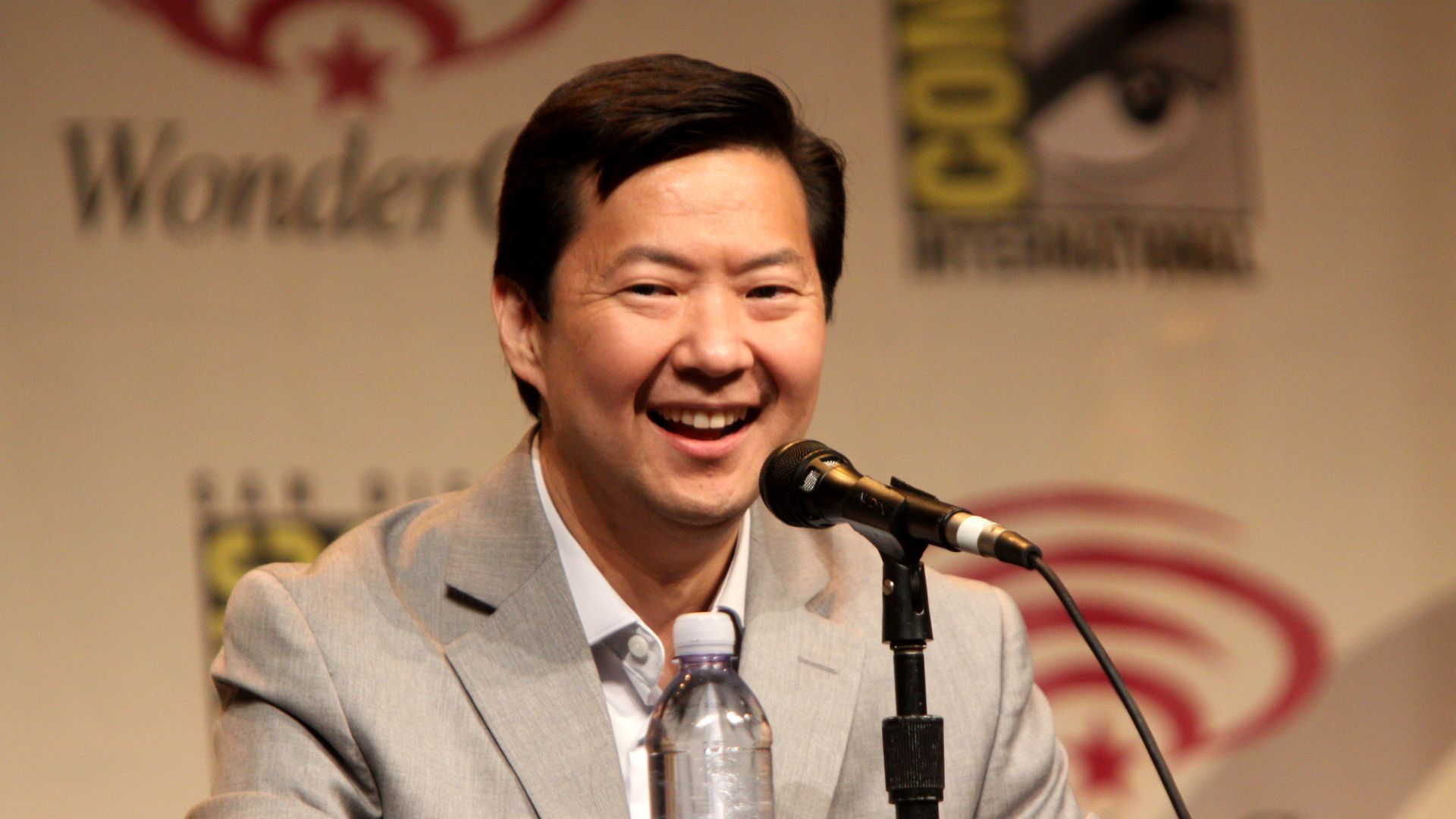 Gage Skidmore from Peoria, AZ, United States of America, Wikimedia Commons
Gage Skidmore from Peoria, AZ, United States of America, Wikimedia Commons
Viola Davis
A powerhouse of the stage for years, Davis’s film and TV fame exploded in her 40s with Doubt, The Help, and How to Get Away with Murder. Her performances are layered, emotional, and often groundbreaking.
 Lesson of Worth - Viola Davis | L'Oreal Paris® Australia & NZ, L'Oreal Paris Australia
Lesson of Worth - Viola Davis | L'Oreal Paris® Australia & NZ, L'Oreal Paris Australia
Melissa Leo
Long admired by insiders, Leo’s late-2000s surge—Frozen River to The Fighter—finally put her at the center of the awards conversation after decades of character work. She’s proof that persistence can win Oscars.
Billy Bob Thornton
A journeyman actor and musician, Thornton vaulted to prominence at 41 by writing, directing, and starring in Sling Blade. When the role you need doesn’t exist, sometimes you have to create it yourself.
Allison Janney
Stage-tested and screen-ready, Janney found widespread fame in her forties as C.J. Cregg on The West Wing. Her mix of sharp wit and emotional depth has since made her a perennial awards favorite.
John Mahoney
He started acting seriously in his late 30s and became America’s favorite TV dad in his 50s with Frasier. His warm, understated humor made him an irreplaceable part of the show’s success.
 Fotos International, Getty Images
Fotos International, Getty Images
Why These Late Bloomers Hit Big—At Last
Across these stories, a pattern emerges: years of theater and TV groundwork, career pivots, and one lightning-in-a-bottle role that finally matched a performer’s lived-in depth. Whether it was Dench bringing gravitas to Bond, Waltz unleashing multilingual menace, or McCarthy detonating comedy expectations, the “overnight success” was really decades of invisible work—until the perfect role made the wait worthwhile.
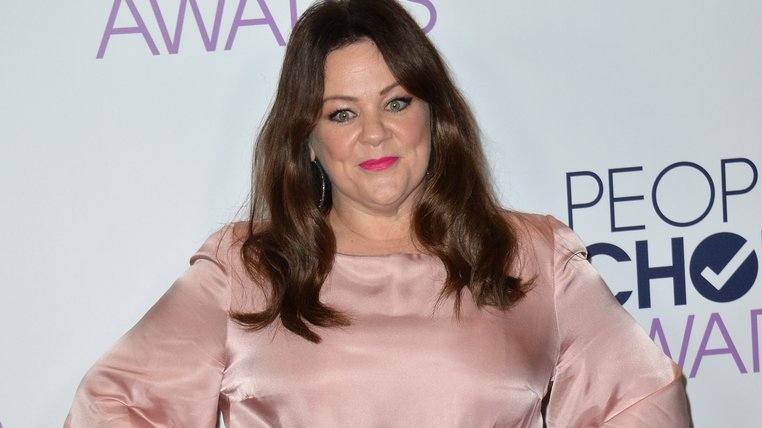 Featureflash Photo Agency, Shutterstock
Featureflash Photo Agency, Shutterstock
Movies That Were Huge Abroad, But Flopped In The U.S.
The Greatest Heist Movies Of All-Time


